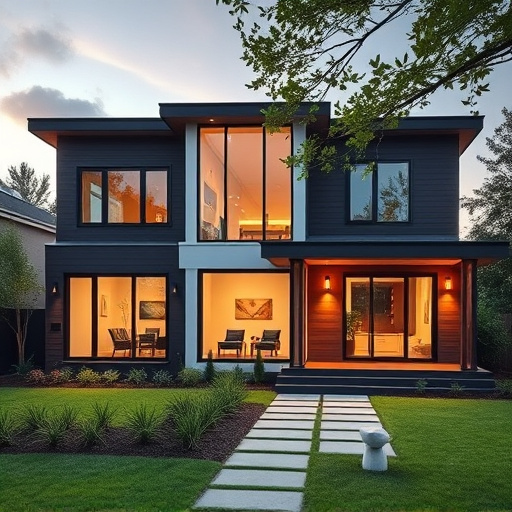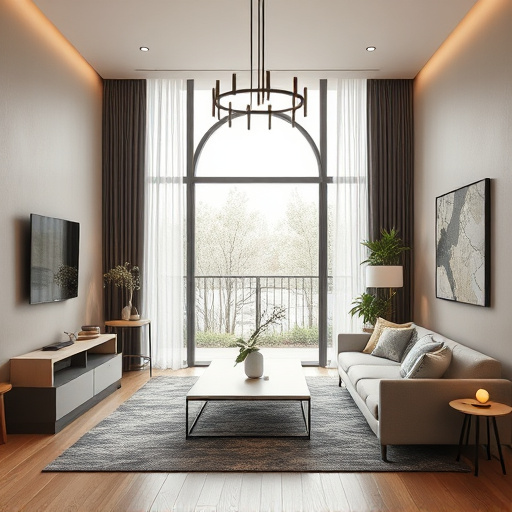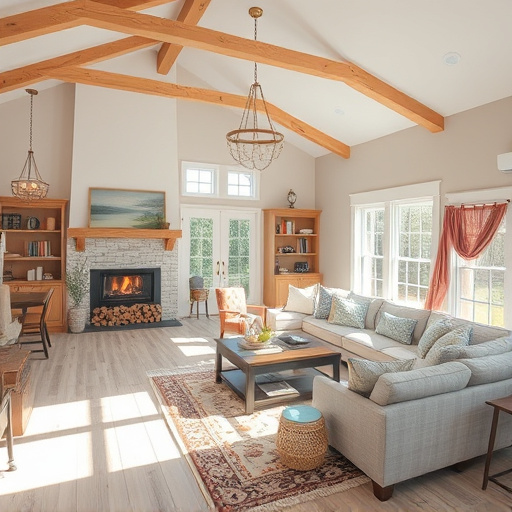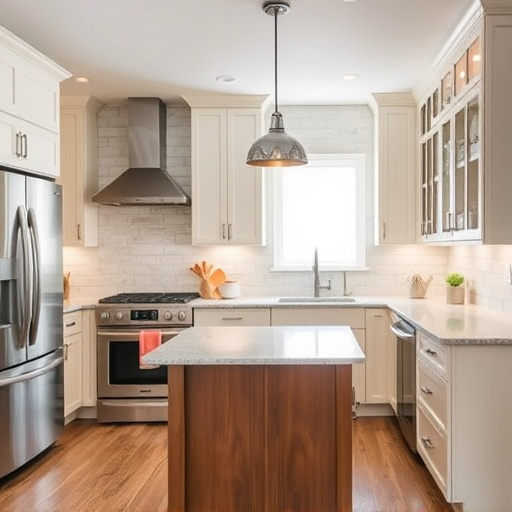When replacing flooring, understanding your style preferences is key. Neutral tones like beige, gray, and off-white offer versatile, timeless choices for any interior design, blending well with various spaces. Accent colors can dramatically enhance visual appeal in bathrooms or kitchens, making light-toned floors the focal point through strategic integration of vibrant textiles or wall art. Flooring replacement using these strategies ensures a space that is both elegant and distinctive.
When undertaking a flooring replacement project, selecting complementary colors is key to enhancing your space’s aesthetics. This guide explores the art of choosing hues that harmonize with various flooring styles. From the versatility of neutral tones suitable for any design theme to the dramatic effect of accent colors, we’ll navigate you through effective color palette strategies. Elevate your home or commercial space by understanding how flooring replacement and color choices intertwine.
- Understanding Flooring Styles and Color Palettes
- Neutral Tones: A Versatile Choice for Any Space
- Incorporating Accent Colors for Visual Impact
Understanding Flooring Styles and Color Palettes
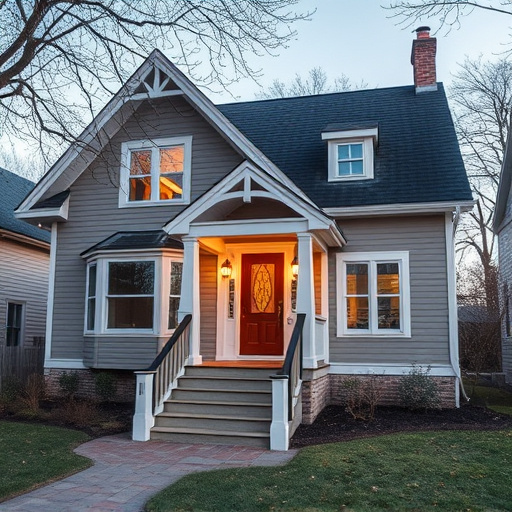
When considering flooring replacement, understanding your style preferences is key. Different flooring types offer a range of aesthetics—from rich, warm tones to cool, neutral shades—that can dramatically alter the look and feel of a space. For instance, natural wood floors exude warmth and character, complementing cozy, rustic designs, while tile or stone floors provide a sleek, contemporary touch suitable for modern, minimalist interiors.
Complementary color palettes play an equally vital role in customized home renovations and whole house remodels. Soft, neutral tones create a versatile backdrop, effortlessly pairing with various flooring styles. Bold accent colors can add vibrancy to a room, contrasting and enhancing the chosen flooring. Whether focusing on subtle elegance or dramatic transformations, home transformations often hinge on finding the perfect color harmony that both complements the flooring replacement style and creates a visually appealing space.
Neutral Tones: A Versatile Choice for Any Space
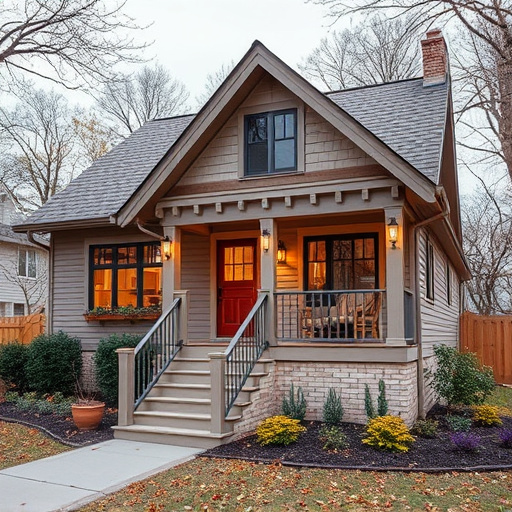
When it comes to choosing colors that complement your flooring replacement style, neutral tones are a versatile and timeless option. They seamlessly blend with various interior design themes, from modern minimalist kitchens to cozy living rooms, making them ideal for those looking to achieve a harmonious look in their home transformations. By opting for neutrals like beige, gray, or off-white, you create an elegant backdrop that allows your new flooring to take center stage while also providing a canvas for accent colors later on.
In the realm of home improvement services, neutral tones offer a solid foundation for future kitchen renovations or any other space refreshes you may undertake. Their adaptability ensures that your flooring replacement isn’t limited to a single design scheme but can be easily integrated into multiple aesthetic directions. Whether you’re aiming for a subtle and sophisticated ambiance or a more dramatic statement, neutral colors provide the perfect starting point, enabling you to craft a space that feels both inviting and refined.
Incorporating Accent Colors for Visual Impact
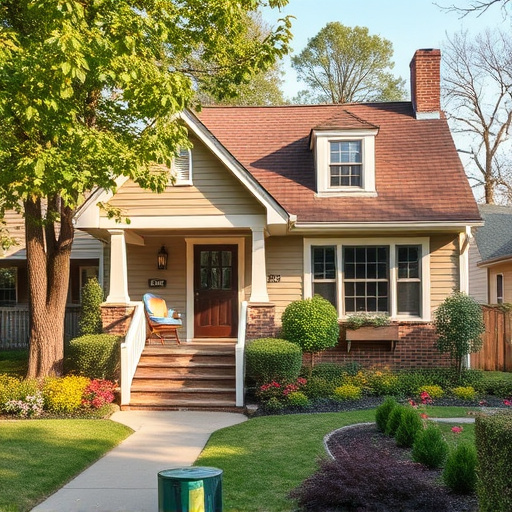
When it comes to enhancing the visual appeal of a space after a flooring replacement project, incorporating accent colors can make all the difference. These strategic color choices elevate the overall aesthetic and create depth within the room. For instance, if you’ve opted for a light-toned wood floor in your bathroom renovations, consider adding vibrant accents through textiles, wall art, or accessories to bring a pop of color that complements the new flooring.
In terms of home renovation and bathroom remodel, accent colors serve as a powerful tool to define different zones within the space. A bold-hued rug, colorful towels, or painted walls can instantly transform your bathroom from ordinary to extraordinary. By carefully integrating these elements, you not only create visual interest but also ensure that your newly installed flooring remains the focal point, making your renovation efforts truly stand out.
When choosing colors to complement your new flooring replacement, consider both neutral tones for versatility and accent colors for visual interest. By understanding your space’s style and selecting hues that enhance, rather than clash with, your flooring, you can create a harmonious and inviting environment. Whether you opt for subtle shades or bold accents, remember that the right color palette can transform any room, making your recent flooring replacement the stunning centerpiece it deserves to be.

